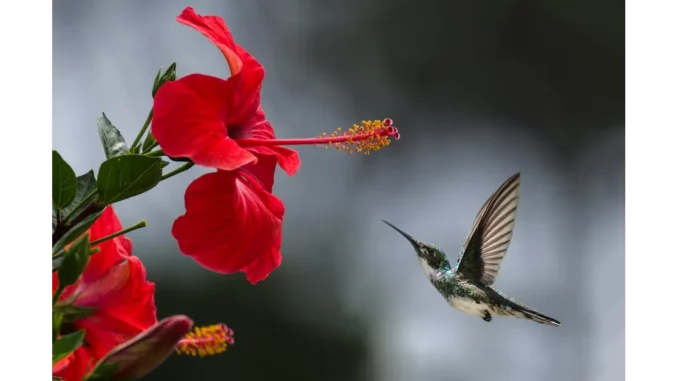
Creating an Enchanting Bird and Butterfly Garden: A Guide to a Flourishing Pollinator Paradise
There is an inherent joy in cultivating a garden that invites the vibrant flutter of butterflies and the melodic songs of birds. This endeavour not only brings your outdoor space to life but also contributes to the health of local ecosystems. The magic lies in selecting the right plants and creating an environment that caters to the needs of these delightful visitors. Here, we present a meticulously crafted garden plan that promises ease of implementation while ensuring a thriving habitat for birds, butterflies, and other pollinators.
Selecting the Perfect Plants for Pollinators
The cornerstone of a successful bird and butterfly garden is the selection of perennials that flourish in full sun and well-drained soil. These resilient plants endure heat, humidity, and drought, producing a bounty of nectar, pollen, and seeds that attract a plethora of pollinators. Let us explore some exemplary plant choices:
-
Catmint (Nepeta spp.): Celebrated for its aromatic foliage and striking blue flower spikes, catmint is a beacon for bees and butterflies. Blooming from late spring to early summer, it thrives in dry conditions once established.
-
Butterfly Weed (Asclepias tuberosa): A favourite among monarch butterflies, this plant serves as a host for their larvae. Its brilliant orange flowers, which bloom in summer, add a vibrant splash of colour to your garden.
-
Bee Balm (Monarda spp.): Distinguished by its tubular flowers, bee balm is ideal for attracting hummingbirds and bees. Blooming in mid to late summer, it comes in an array of colours including red, pink, and purple.
-
Aster (Symphyotrichum spp.): Asters, which bloom from late summer to autumn, provide a crucial nectar source when many other plants have faded. Their daisy-like flowers, in hues of blue, purple, pink, and white, add a captivating charm to the garden.
Enhancing Your Garden’s Appeal
To further entice birds and butterflies, consider incorporating additional features that provide shelter and water:
- Birdhouse: Installing a charming birdhouse offers a safe haven for songbirds, encouraging them to make your garden their home.
- Birdbath: A shallow birdbath with a gentle slope serves as an essential water source for both birds and butterflies, allowing them to drink and bathe with ease.
Avoiding Invasive Species
It is paramount to avoid planting species that are deemed invasive in your region. For instance, butterfly bush (Buddleia davidii) can become problematic. Instead, opt for alternatives like bluebeard (Caryopteris spp.), which boasts similar purple flowers without the risk of uncontrolled spreading.
Installing Your Pollinator Paradise
Prior to planting, review your garden plan meticulously. Select a location that basks in full sun and possesses well-drained soil. If necessary, amend the soil with organic matter to enhance its structure and fertility. A soil test can provide valuable insights into any needed adjustments to pH or nutrient levels.
Once your garden is planted, maintain it with regular watering, particularly during dry spells. Mulch around the plants to retain moisture and suppress weeds. Deadhead spent flowers to promote continuous blooming and promptly remove any invasive plants.
A Flourishing Haven
Creating a bird and butterfly garden is a delightful way to invite nature’s splendour into your home. By carefully selecting the right plants and providing essential resources, you can establish a thriving habitat for pollinators while enjoying the beauty and vibrancy they bring to your garden. With thoughtful planning and diligent care, your garden will become a sanctuary for birds, butterflies, and other beneficial creatures, transforming your outdoor space into a breathtaking oasis.


Be the first to comment